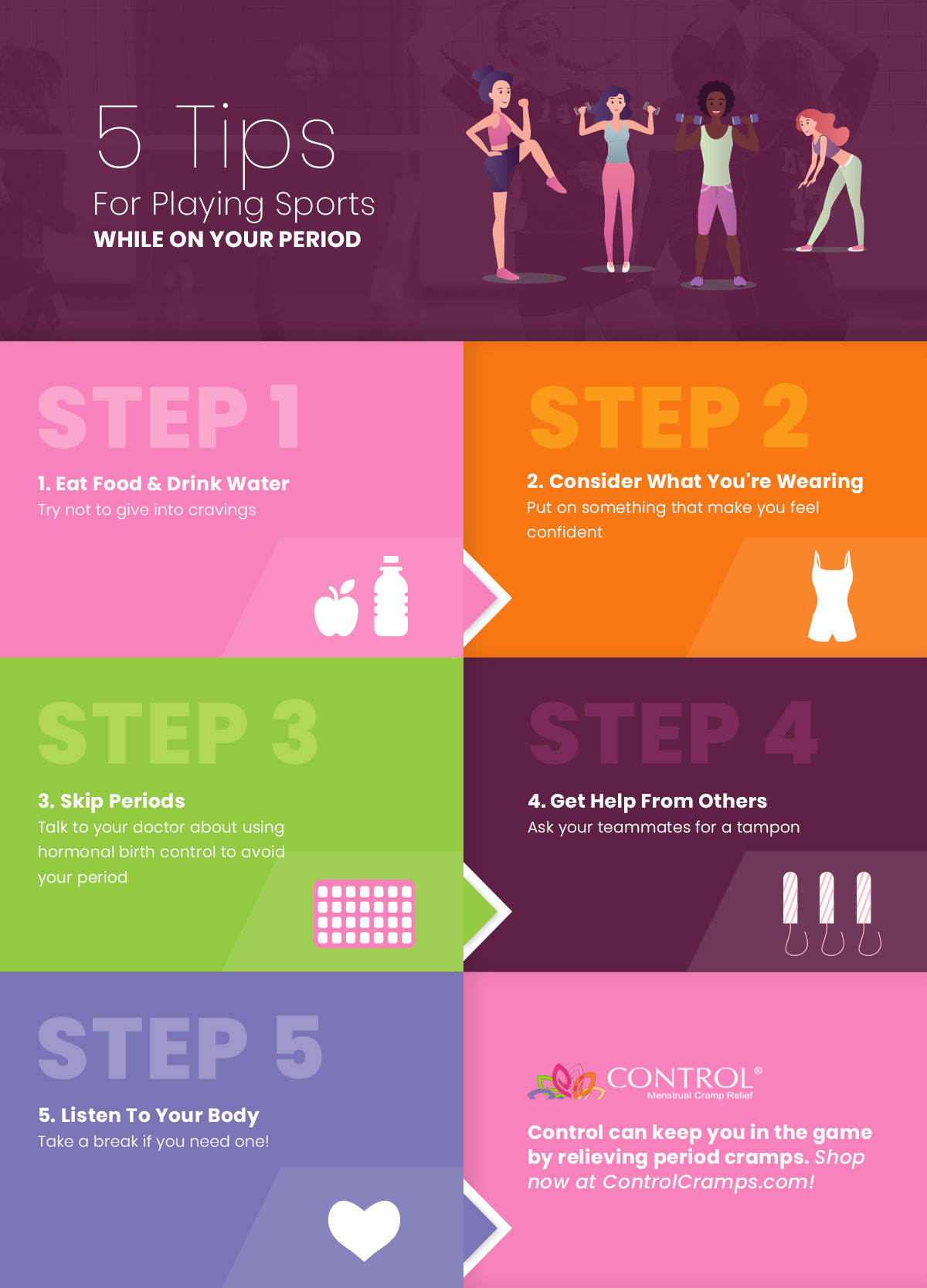

The idea is to look for possible causes of your painful periods, such as fibroids in your womb. This may involve an internal examination to check your womb (uterus) and pelvis as well as an examination of your tummy. Your doctor will usually examine you if they suspect that you have secondary dysmenorrhoea. In that case an underlying cause of painful periods (secondary dysmenorrhoea) may be suspected. Tests and an internal (pelvic) examination are not normally needed unless symptoms are unusual. Your doctor will probably also examine the front of your tummy (abdomen) just to check that it is normal (which it is in primary dysmenorrhoea). In many cases (particularly in teenagers) the symptoms are so typical that it can be confidently diagnosed by your doctor just by asking about your symptoms. What tests are needed for painful periods?

You should see your doctor if any of these symptoms develop. Note: the following are not symptoms of primary dysmenorrhoea: In some women, other symptoms occur as well as pain - for example:

What's the best way to get rid of period pain? What causes period pain? How much period pain is too much? All your questions answered.


 0 kommentar(er)
0 kommentar(er)
